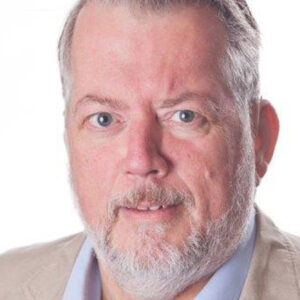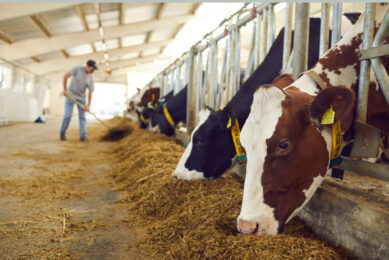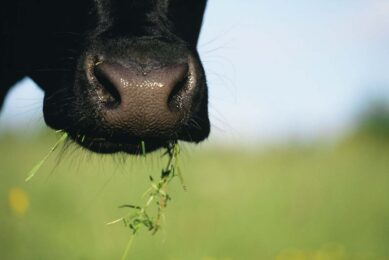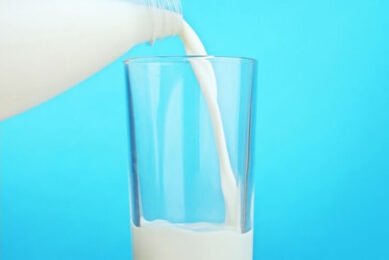Finnish farmers hit by sudden market twist
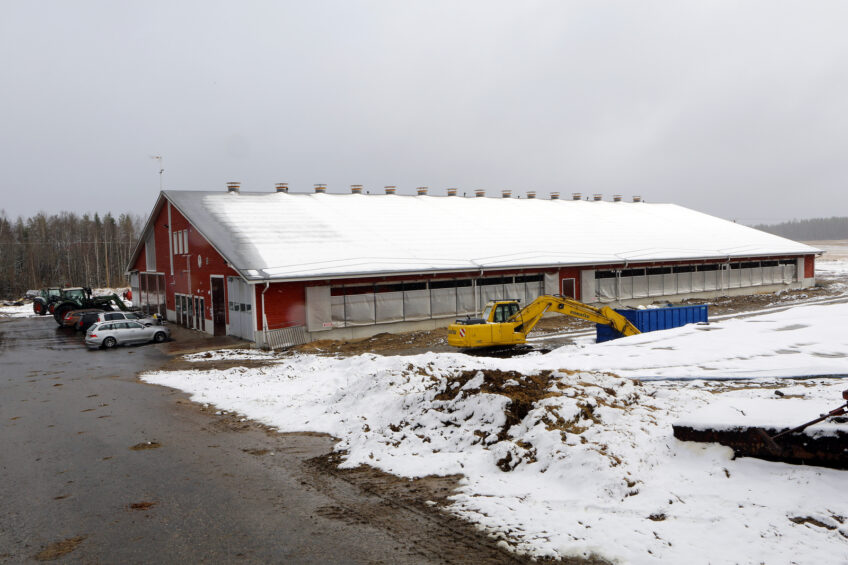
The dairy farm of the Keisala family in Finland has always experienced self-supported, steady growth. Their most recent step however, led to unexpected problems due to unforeseen market changes.
On the wall of the skybox on Keisala’s dairy farm in Ritola, central Finland there are 8 framed certificates hanging – for cows that have produced more than 50 tonnes of milk. At least 3 of them made a lifetime production between 80 and 90,000 kilo’s. “The wall was awfully bare, and the frames were lying around,” says Merja Keisala, matriarch of the family, explaining their origin.
“Those certificates certainly motivate me. But production is not decisive, we have to make an income with the cows and that has been pretty rough lately. So much so, that we’ve had to go to the bank to change the pay-back timetable of loans.”
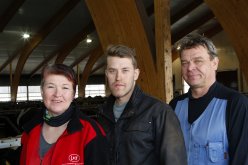
Profile
Merja (54), Kari (52) and Aleksi (27) Keisala in Ritola, Finland.
Company: In partnership the farm holds 140 Holstein cows and 130 calves and heifers on 200 hectares. Of this, 140 hectares are owned and 60 leased at an average rent of €230 per hectare per year. There are 140 hectares of grassland (with two cuts of grass per year) and 55 hectares for the cultivation of barley and oats. These are dependent on the course of the growing season, harvested as a whole plant silage or as grain. In addition to the dairy branch, there are still 100 hectares of forest that is completely taken care of by specialised companies. There is a year round intern and son Aleksi is working about 15 hours a week in the company in addition to studying agriculture at the University of Applied Sciences in Seinäjoki.
The Keisala’s started in 1987 with 20 cows, 24 hectares and 104,000 kg of milk quota. “We have always grown gradually without major funding by banks,” says Merja. In 2002, she and her husband Kari milked 60 cows and in that year they installed their first second-hand robot. In 2010, over 80 cows were being milked and a second robot was bought and in the period between 1987 until 2009 they bought an additional 116 hectares. Around this time they also started working on a permit for construction of a barn with 156 stalls. That license came in 2011 and the barn was finished in 2012 at a cost of around €1.5 million.
Prognosis on milk price of € 0.37 cents
The new barn was built based on a forecasted milk price of €0.37 cents. “That is substantially lower than our average price, which fluctuated over the years between €0.40 and €0.43 cents,” says the energetic businesswoman who is keen to divulge all information about the business side of the farm. On top of that they receive €08.5 cents per kilo from the EU GAP.
In the first year post-building, the farmers experienced no problems at all. The milk was worth €0.42 cents, well above the budget, so the upfront costs of enlargement and the partial under-utilisation of the barn could be accomodated. Around mid-2014 the Keisala’s milked the intended 120 cows. The production, although fine, always had room for improvement with more than 10,000 kg per lactation with 3.90% fat and 3.35% protein. Then in August 2014, the Ukraine-crisis began which saw milk prices crash twice with €0.9 cents per kg after the main importer, Russia, stopped buying Finnish milk products. This meant that the farmers currently receive €34.3 cents per litre (April 2015). “We had no time to make a buffer. So we had to go to the bank to negotiate about paying only the interest off the loans for the next couple of years.”
Good results and sufficient collateral
In itself, extra financing should not be a problem. The entrepreneurs have a new stable worth €1.5 million, modern machinery, excellent results and 140 hectares of land that, at an average value of €11,000 per hectare is an easy €1.6 million. “The bank financed and put in some loans for longer repayment periods and lower interest rates. We now have a funding of €2 million with on average 2.2% interest and annual repayments of some €60,000. Precisely that high repayment makes it difficult for the first few years. The liquidity problem was in the end resolved smoothly. But it was hard to swallow as historically we were never funded heavily. We wanted to give our son a good position by growing in production and then it is hard that you end up in a somewhat awkward position.”
Merja is confident that milk prices will recover. “We will first make accelerated repayments then, after that we will continue to grow steadily,” she says optimistically. The first step towards further growth has already been made. A third robot has been placed recently. The robot originates from Lely like the other 2, only this time it is not purchased like the others were, but leased for €1,400 per month. “We have continuously between 120 and 125 cows to milk. The average daily output is now 36.1 kilos per day. The current 2 robots could not handle that. There are hardly any cows that are milked more frequently than twice a day, therefore, the third had to come.”
Further expansion is very efficient
With 3 robots in the barn, growth can easily be accelerated. There is enough land within the company to grow to 180 dairy cows and 160 calves but remain under the Finnish manure laws. The new barn now houses 122 cows and 20 dry cows. Given the large number of calves, some could be sold and the freed space could simply be converted to straw bedding for dry cows. The new barn will then offer room for 150 cows to be milked continuously.
With milk quotas and super levy’s being a thing of the past, this would make an extra milk production of more than 200,000 kgs per year, or at least €70,000 extra cash flow, at up to €25,000 additional feed costs. The concentrate use is now around 2,200 kgs per cow per year, of which half is grains and raps. “Our goal has always been steady growth, and in a few years we want to build a new barn for the dry cows and milk 156 cows continuously from let’s say 2020. Maybe a few more cows are possible as we can put some extra boxes in the new barn. But we could indeed sell some young cattle, we have this year already sold 70 to farmers who wanted to grow after the abandoning of the super levy. We are already calculating on some changes. We have to move on!”
A brighter future ahead
The businesswoman has no doubts about the future. “In 28 years we have seen ups and downs in the milk prices. Our experience is that we have to keep costs under control. We pay, for example, quite a lot for energy. Therefore, we recently replaced the lights in the older stables by LED lights – in the new barn there are high pressure halogen lights.
We have a wood stove to generate the required hot water and we are thinking of installing solar panels. Unfortunately, because of the long dark winters here – 500 kilometers below the arctic circle – they are less profitable than other places in the world. But we’re going in that direction. And towards more cows.”
Join 13,000+ subscribers
Subscribe to our newsletter to stay updated about all the need-to-know content in the dairy sector, two times a week.








